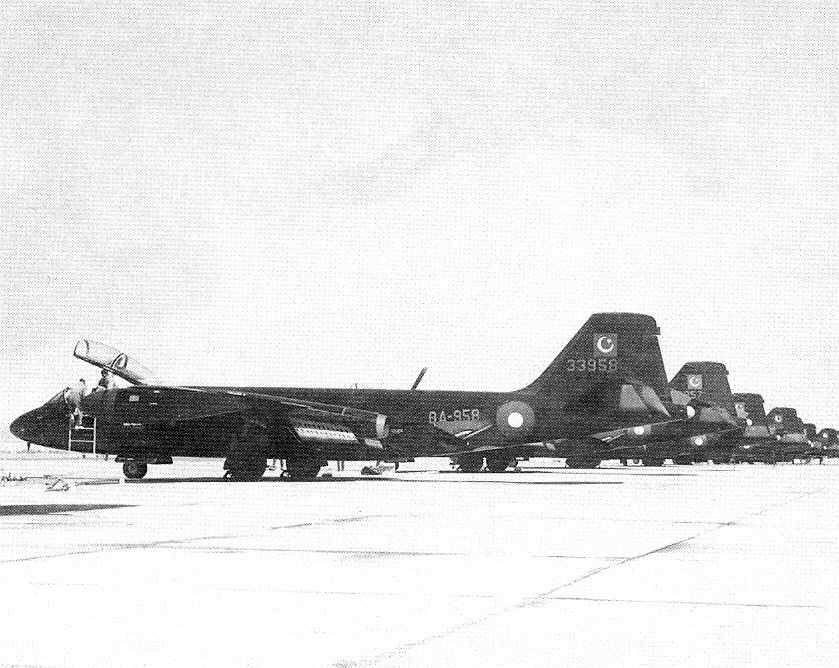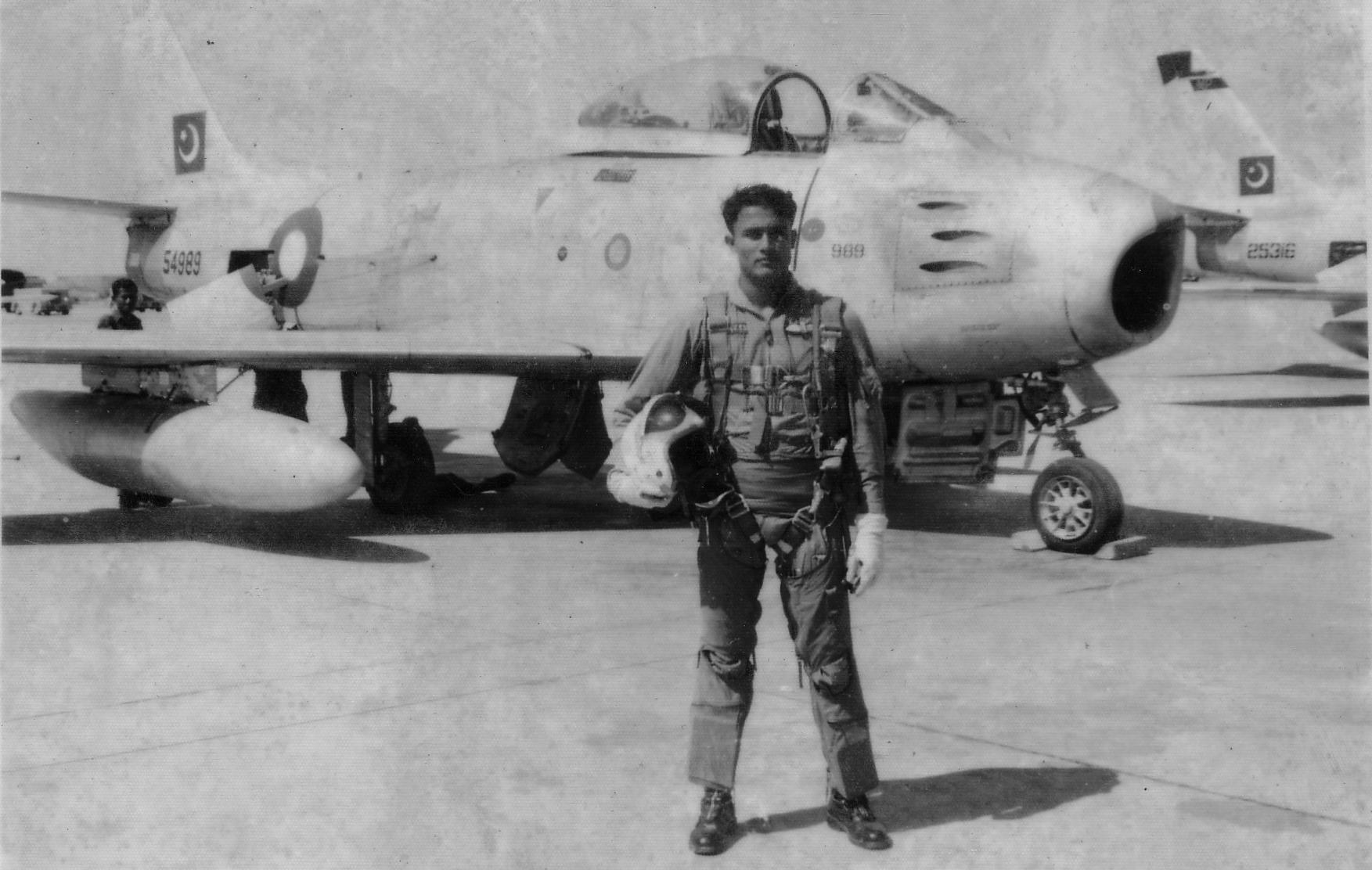
- For PC
- For MAC
- For Linux
- OS: Windows 10 (64 bit)
- Processor: Dual-Core 2.2 GHz
- Memory: 4GB
- Video Card: DirectX 11 level video card: AMD Radeon 77XX / NVIDIA GeForce GTX 660. The minimum supported resolution for the game is 720p.
- Network: Broadband Internet connection
- Hard Drive: 23.1 GB (Minimal client)
- OS: Windows 10/11 (64 bit)
- Processor: Intel Core i5 or Ryzen 5 3600 and better
- Memory: 16 GB and more
- Video Card: DirectX 11 level video card or higher and drivers: Nvidia GeForce 1060 and higher, Radeon RX 570 and higher
- Network: Broadband Internet connection
- Hard Drive: 75.9 GB (Full client)
- OS: Mac OS Big Sur 11.0 or newer
- Processor: Core i5, minimum 2.2GHz (Intel Xeon is not supported)
- Memory: 6 GB
- Video Card: Intel Iris Pro 5200 (Mac), or analog from AMD/Nvidia for Mac. Minimum supported resolution for the game is 720p with Metal support.
- Network: Broadband Internet connection
- Hard Drive: 22.1 GB (Minimal client)
- OS: Mac OS Big Sur 11.0 or newer
- Processor: Core i7 (Intel Xeon is not supported)
- Memory: 8 GB
- Video Card: Radeon Vega II or higher with Metal support.
- Network: Broadband Internet connection
- Hard Drive: 62.2 GB (Full client)
- OS: Most modern 64bit Linux distributions
- Processor: Dual-Core 2.4 GHz
- Memory: 4 GB
- Video Card: NVIDIA 660 with latest proprietary drivers (not older than 6 months) / similar AMD with latest proprietary drivers (not older than 6 months; the minimum supported resolution for the game is 720p) with Vulkan support.
- Network: Broadband Internet connection
- Hard Drive: 22.1 GB (Minimal client)
- OS: Ubuntu 20.04 64bit
- Processor: Intel Core i7
- Memory: 16 GB
- Video Card: NVIDIA 1060 with latest proprietary drivers (not older than 6 months) / similar AMD (Radeon RX 570) with latest proprietary drivers (not older than 6 months) with Vulkan support.
- Network: Broadband Internet connection
- Hard Drive: 62.2 GB (Full client)
Pakistan F-86F-25 skin by NOA_ | download it here
August 14th marks both the independence of Pakistan as well as the birth of their air force. Having been founded in 1947, the PAF has a relatively short history among the air forces of the world.
 |
| The Westland Wapiti was the first aircraft of the RIAF, and thus also the first plane operated by pilots who would later fly for Pakistan. |
Before independence, pilots who would later fly for Pakistan were a part of the Royal Indian Air Force. Established in 1933, the RIAF started operations with Westland Wapiti biplanes. Initially the RIAF was not considered of great importance by the British, and they were quite poorly equipped.
Everything changed with the Japanese attack on Burma in 1942. An increasing amount of Indian pilots were sent to Britain for training, and the RIAF started receiving better equipment. New aircraft included Vultee Vengeance dive bombers as well as modern fighters such as Hurricanes and Spitfires.
 |
| One of the Aircraft used by the RIAF against the Japanese was the Vultee Vengeance dive bomber. The aircraft in the image served with the RAAF. |
In August 1947, India was partitioned into two countries. Hindu personnel of the RIAF remained with India, and muslim personnel, who were a minority within the RIAF, joined the newly formed Pakistani Air Force. The IAF also kept most of the aircraft.
Initial equipment of the PAF consisted of Spitfire VIII fighters as well as Hawker Tempest IIs. When the first Indo-Pakistani war of 1947 broke out soon after independence, the handful of Pakistani fighters could not do much against the superior numbers of the Indian Air Force.
 |
| The first jet bomber of the Pakistani Air Force was the Martin B-57 Canberra. |
After the war, Pakistan began acquiring greater numbers of combat aircraft. Their main fighter would be the Hawker Sea Fury. At this time, Pakistan also entered the jet age, with a somewhat unusual choice as first jet fighter. A number of straight-wing Supermarine Attacker jets were purchased from the British, largely because the design was affordable. The naval jets had their carrier equipment removed for Pakistani service.
In the late 1950s, Pakistan acquired their main fighter for years to come with the F-86F Sabre. Later, later Canadair CL-13 Sabres were also bought. The Pakistani jet bomber of the time was the Martin B-57 Canberra, the American version of the British bomber used by India. In 1959, Pakistani Sabre pilots earned their first aerial victory, when an Indian English Electric Canberra was shot down on a reconnaissance mission.
 |
| For decades, the main fighter of the Pakistani Air Force was the F-86 Sabre. Despite the Indian Air Force being equipped with superior fighters, the Sabres did relatively well in combat against them. |
War between India and Pakistan broke again in 1965. While air-to-air missiles had been introduced, these dogfights were settled with cannons and machine guns. This time, the Pakistani Sabres and newly-acquired F-104 Starfighters would be matched against Indian Hawker Hunters and Folland Gnats. While the nickname is perhaps an exaggeration, the Indians started calling their Folland Gnats “Sabre Slayers”. The agile and more advanced Gnat had the advantage against the Sabre, and the few Starfighters were somewhat poorly suited for low altitude dogfighting.
While exact numbers are still under dispute, the Indians lost more aircraft than the Pakistani during the conflict, while having also flown more combat missions and having had more aircraft to begin with.
In the present, the PAF operates F-16 Fighting Falcons, Dassault Mirages as well as the JF-17 Thunder built in cooperation with the Chinese.
Juho "Rautaa" Maijala




